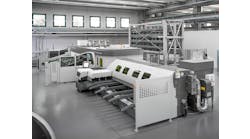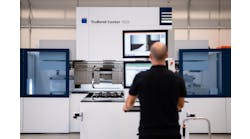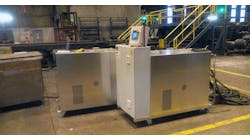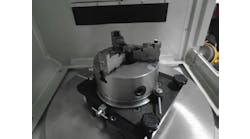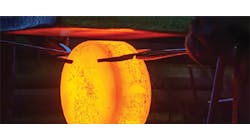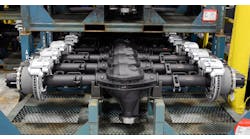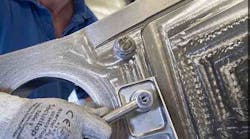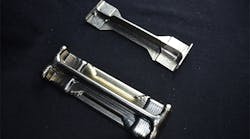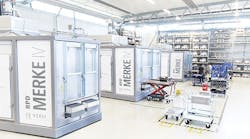Arconic reported that a titanium bracket it produced and supplied to Airbus has earned the status as the first such part produced by additive manufacturing (aka, 3D printing or 3DP) to be installed on a commercial aircraft in series production. The brackets are produced by Arconic for the Airbus A350 XWB program at it additive manufacturing plant in Austin, TX.
Arconic is the former Alcoa Inc. business supplying rolled products, castings, forgings, and extrusions transportation, construction, and other industrial markets.
As for additive manufacturing, Arconic produces parts via laser powder-bed and electron-beam deposition processes.
In its statement, Arconic called the 3D-printed bracket installation “a milestone” for additive manufacturing of airframe components. Most 3D-printed parts for the commercial aerospace sector have been fittings and other cabin-centered components.
Airbus already installed 3D-printed parts, including cabin brackets and bleed pipes on its Airbus A320neo and A350 XWB test aircraft.
The supplier celebrated Airbus’s installation of bracket on a series-production aircraft, rather than a test airplane: this detail will be significant as more complex 3DP parts are subjected to qualification testing.
Last year, Arconic and Airbus established a series of agreements to produce titanium and nickel 3D printed parts for commercial aircraft, including the A320 and A350 XWB platforms. The 3DP titanium bracket is one result of those agreements.
“Arconic is proud to partner with Airbus to advance aerospace additive manufacturing,” stated president Jeremy Halford of Arconic Titanium and Engineered Products. “Our comprehensive capabilities, from materials science leadership to qualification expertise, helped make this achievement possible.”


